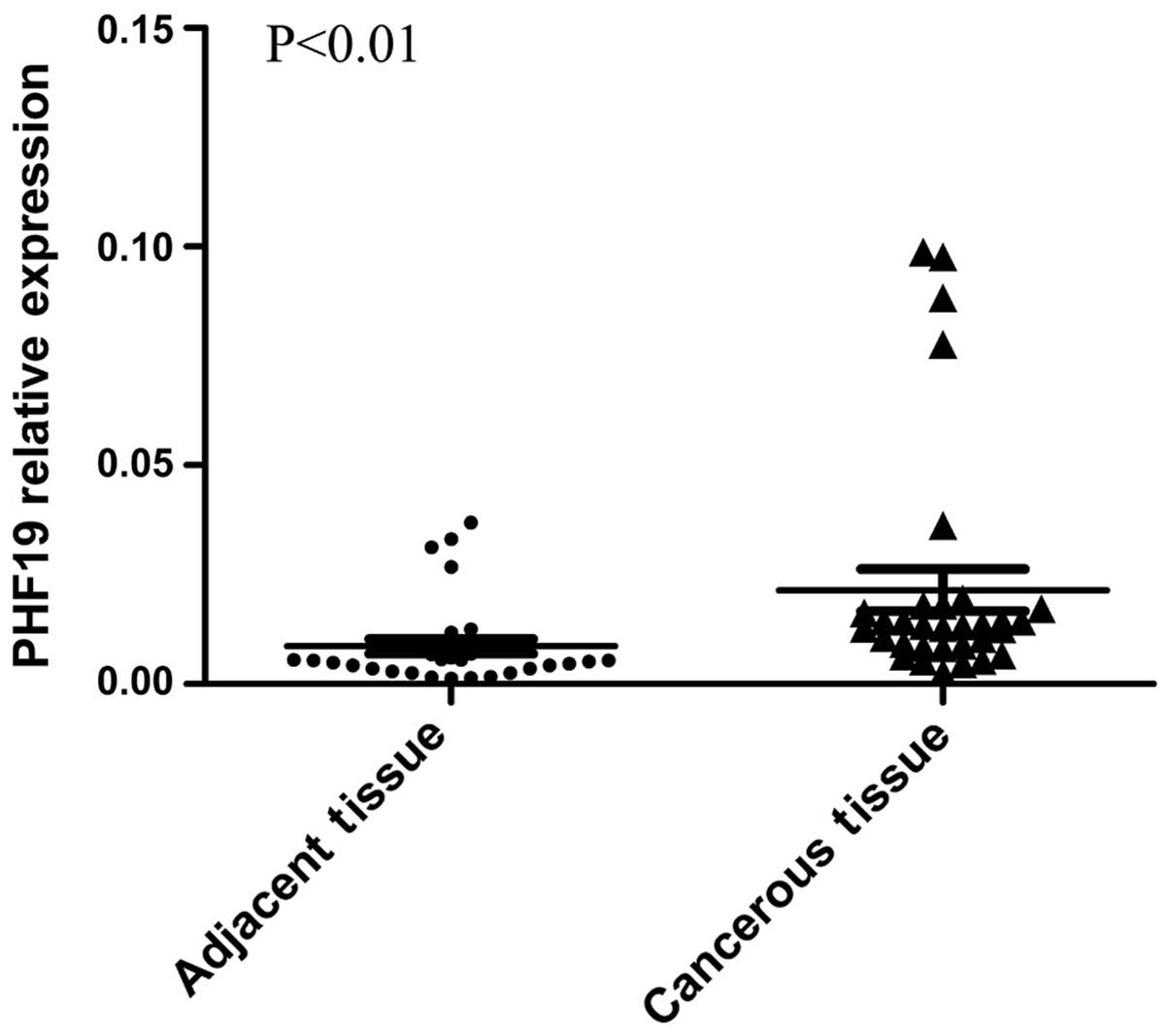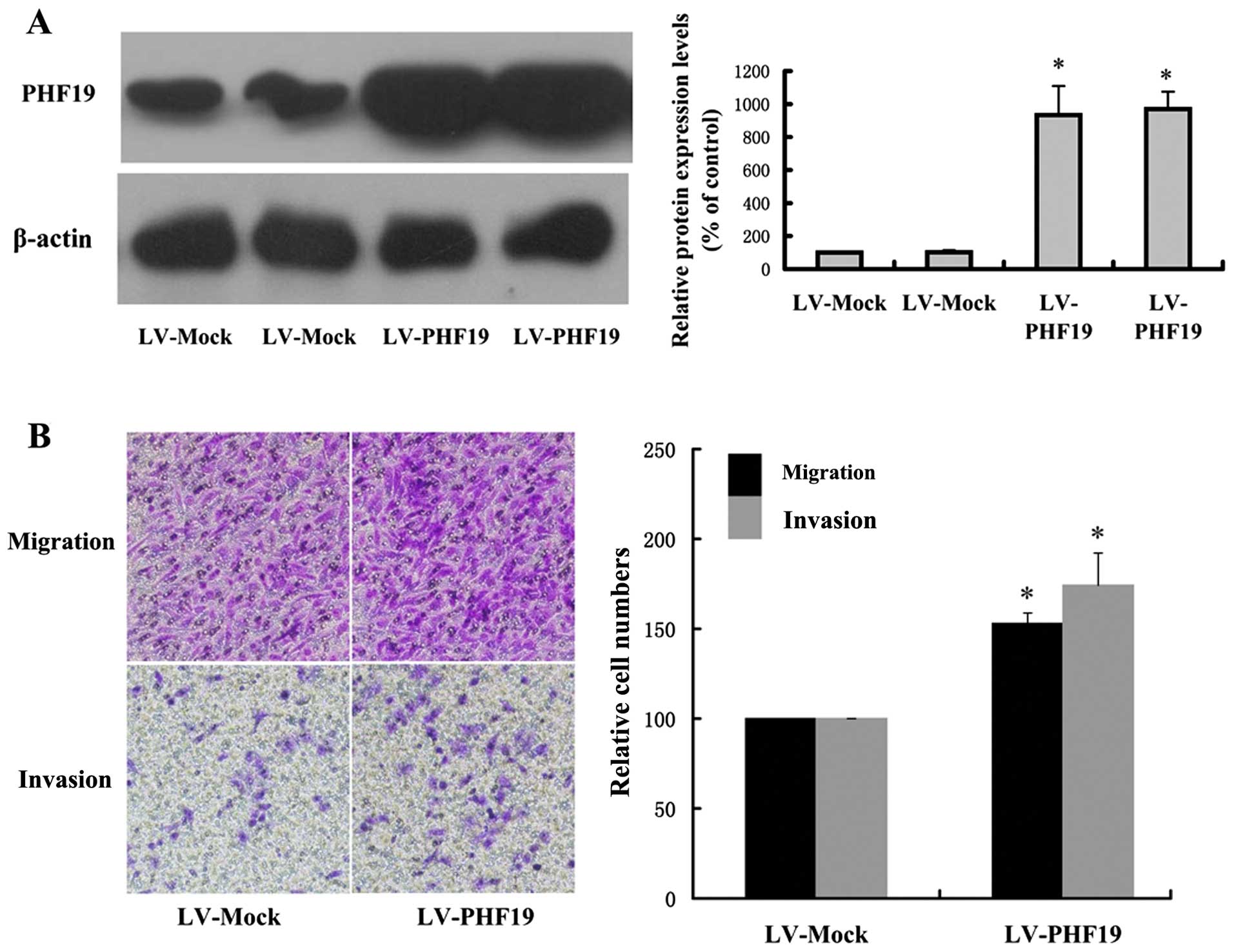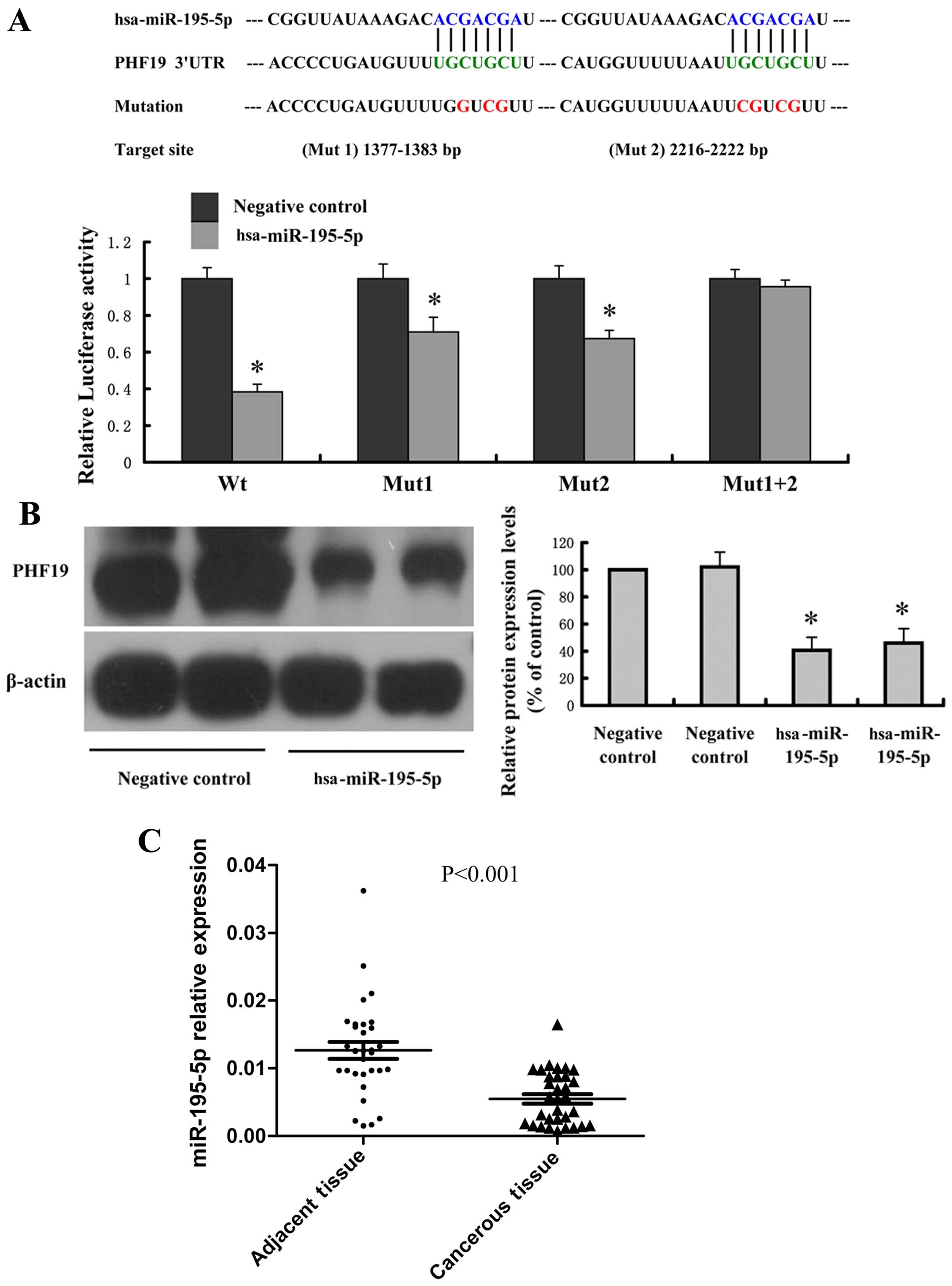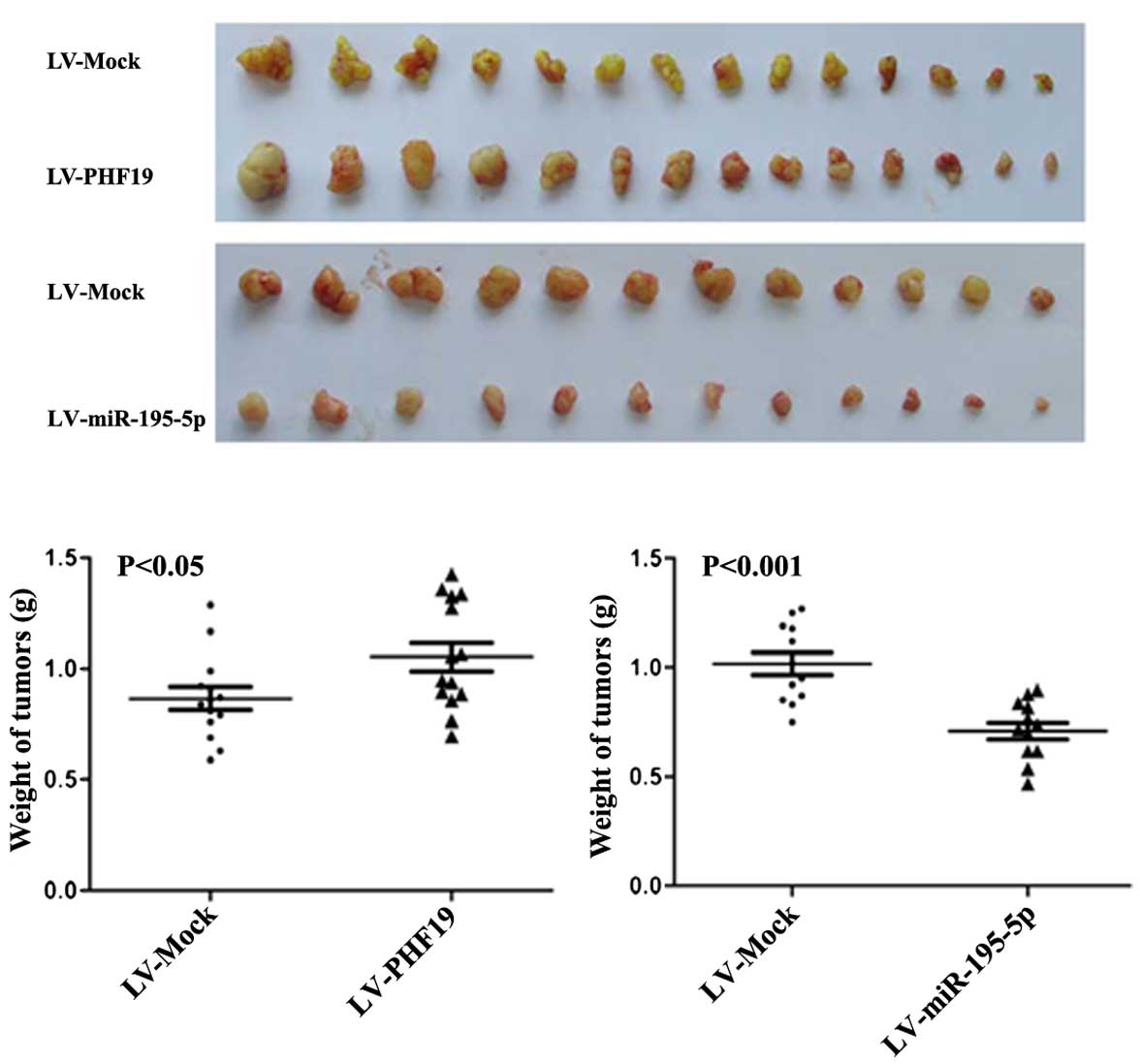|
1
|
Parpart S, Roessler S, Dong F, Rao V,
Takai A, Ji J, Qin LX, Ye QH, Jia HL, Tang ZY, et al: Modulation of
miR-29 expression by α-fetoprotein is linked to the hepatocellular
carcinoma epigenome. Hepatology. 60:872–883. 2014. View Article : Google Scholar : PubMed/NCBI
|
|
2
|
Jain S, Singhal S, Lee P and Xu R:
Molecular genetics of hepato-cellular neoplasia. Am J Transl Res.
2:105–118. 2010.PubMed/NCBI
|
|
3
|
Nault JC and Zucman-Rossi J: Genetics of
hepatobiliary carcinogenesis. Semin Liver Dis. 31:173–187. 2011.
View Article : Google Scholar : PubMed/NCBI
|
|
4
|
Li L, Liu Y, Guo Y, Liu B, Zhao Y, Li P,
Song F, Zheng H, Yu J, Song T, et al: Regulatory miR-148a-ACVR1/BMP
circuit defines a cancer stem cell-like aggressive subtype of
hepatocellular carcinoma. Hepatology. 61:574–584. 2015. View Article : Google Scholar
|
|
5
|
Boyault S, Rickman DS, de Reyniès A,
Balabaud C, Rebouissou S, Jeannot E, Hérault A, Saric J, Belghiti
J, Franco D, et al: Transcriptome classification of HCC is related
to gene alterations and to new therapeutic targets. Hepatology.
45:42–52. 2007. View Article : Google Scholar
|
|
6
|
Hatziapostolou M, Polytarchou C, Aggelidou
E, Drakaki A, Poultsides GA, Jaeger SA, Ogata H, Karin M, Struhl K,
Hadzopoulou-Cladaras M, et al: An hNF4α-miRNA inflammatory feedback
circuit regulates hepatocellular oncogenesis. Cell. 147:1233–1247.
2011. View Article : Google Scholar : PubMed/NCBI
|
|
7
|
Wang S, Robertson GP and Zhu J: A novel
human homologue of Drosophila polycomb like gene is up-regulated in
multiple cancers. Gene. 343:69–78. 2004. View Article : Google Scholar : PubMed/NCBI
|
|
8
|
Ballaré C, Lange M, Lapinaite A, Martin
GM, Morey L, Pascual G, Liefke R, Simon B, Shi Y, Gozani O, et al:
Phf19 links methylated Lys36 of histone H3 to regulation of
Polycomb activity. Nat Struct Mol Biol. 19:1257–1265. 2012.
View Article : Google Scholar : PubMed/NCBI
|
|
9
|
Ghislin S, Deshayes F, Middendorp S,
Boggetto N and Alcaide-Loridan C: PHF19 and Akt control the switch
between proliferative and invasive states in melanoma. Cell Cycle.
11:1634–1645. 2012. View
Article : Google Scholar : PubMed/NCBI
|
|
10
|
Li G, Warden C, Zou Z, Neman J, Krueger
JS, Jain A, Jandial R and Chen M: Altered expression of polycomb
group genes in glioblastoma multiforme. PLoS One. 8:e809702013.
View Article : Google Scholar : PubMed/NCBI
|
|
11
|
Krol J, Loedige I and Filipowicz W: The
widespread regulation of microRNA biogenesis, function and decay.
Nat Rev Genet. 11:597–610. 2010.PubMed/NCBI
|
|
12
|
Laloo B, Simon D, Veillat V, Lauzel D,
Guyonnet-Duperat V, Moreau-Gaudry F, Sagliocco F and Grosset C:
Analysis of post-transcriptional regulations by a functional,
integrated, and quantitative method. Mol Cell Proteomics.
8:1777–1788. 2009. View Article : Google Scholar : PubMed/NCBI
|
|
13
|
Breving K and Esquela-Kerscher A: The
complexities of microRNA regulation: mirandering around the rules.
Int J Biochem Cell Biol. 42:1316–1329. 2010. View Article : Google Scholar
|
|
14
|
Ji J, Yamashita T, Budhu A, Forgues M, Jia
HL, Li C, Deng C, Wauthier E, Reid LM, Ye QH, et al: Identification
of microRNA-181 by genome-wide screening as a critical player in
EpCAM-positive hepatic cancer stem cells. Hepatology. 50:472–480.
2009. View Article : Google Scholar : PubMed/NCBI
|
|
15
|
Foekens JA, Sieuwerts AM, Smid M, Look MP,
de Weerd V, Boersma AW, Klijn JG, Wiemer EA and Martens JW: Four
miRNAs associated with aggressiveness of lymph node-negative,
estrogen receptor-positive human breast cancer. Proc Natl Acad Sci
USA. 105:13021–13026. 2008. View Article : Google Scholar : PubMed/NCBI
|
|
16
|
Nagel R, le Sage C, Diosdado B, van der
Waal M, Oude Vrielink JA, Bolijn A, Meijer GA and Agami R:
Regulation of the adenomatous polyposis coli gene by the miR-135
family in colorectal cancer. Cancer Res. 68:5795–5802. 2008.
View Article : Google Scholar : PubMed/NCBI
|
|
17
|
Xu T, Zhu Y, Xiong Y, Ge YY, Yun JP and
Zhuang SM: microRNA-195 suppresses tumorigenicity and regulates
G1/S transition of human hepatocellular carcinoma cells.
Hepatology. 50:113–121. 2009. View Article : Google Scholar : PubMed/NCBI
|
|
18
|
Özata DM, Caramuta S, Velázquez-Fernández
D, Akçakaya P, Xie H, Höög A, Zedenius J, Bäckdahl M, Larsson C and
Lui WO: The role of microRNA deregulation in the pathogenesis of
adrenocortical carcinoma. Endocr Relat Cancer. 18:643–655. 2011.
View Article : Google Scholar : PubMed/NCBI
|
|
19
|
Zhang QQ, Xu H, Huang MB, Ma LM, Huang QJ,
Yao Q, Zhou H and Qu LH: MicroRNA-195 plays a tumor-suppressor role
in human glioblastoma cells by targeting signaling pathways
involved in cellular proliferation and invasion. Neuro Oncol.
14:278–287. 2012. View Article : Google Scholar : PubMed/NCBI
|
|
20
|
Li D, Zhao Y, Liu C, Chen X, Qi Y, Jiang
Y, Zou C, Zhang X, Liu S, Wang X, et al: Analysis of miR-195 and
miR-497 expression, regulation and role in breast cancer. Clin
Cancer Res. 17:1722–1730. 2011. View Article : Google Scholar : PubMed/NCBI
|
|
21
|
Jin Q, Marsh J, Cornetta K and Alkhatib G:
Resistance to human immunodeficiency virus type 1 (HIV-1) generated
by lentivirus vector-mediated delivery of the CCR5{Delta}32 gene
despite detectable expression of the HIV-1 co-receptors. J Gen
Virol. 89:2611–2621. 2008. View Article : Google Scholar : PubMed/NCBI
|
|
22
|
Jemal A, Bray F, Center MM, Ferlay J, Ward
E and Forman D: Global cancer statistics. CA Cancer J Clin.
61:69–90. 2011. View Article : Google Scholar : PubMed/NCBI
|
|
23
|
Margueron R and Reinberg D: The Polycomb
complex PRC2 and its mark in life. Nature. 469:343–349. 2011.
View Article : Google Scholar : PubMed/NCBI
|
|
24
|
Schuettengruber B and Cavalli G:
Recruitment of polycomb group complexes and their role in the
dynamic regulation of cell fate choice. Development. 136:3531–3542.
2009. View Article : Google Scholar : PubMed/NCBI
|
|
25
|
Simon JA and Kingston RE: Mechanisms of
polycomb gene silencing: knowns and unknowns. Nat Rev Mol Cell
Biol. 10:697–708. 2009.PubMed/NCBI
|
|
26
|
Brien GL, Gambero G, O’Connell DJ, Jerman
E, Turner SA, Egan CM, Dunne EJ, Jurgens MC, Wynne K, Piao L, et
al: Polycomb PHF19 binds H3K36me3 and recruits PRC2 and demethylase
NO66 to embryonic stem cell genes during differentiation. Nat
Struct Mol Biol. 19:1273–1281. 2012. View Article : Google Scholar : PubMed/NCBI
|
|
27
|
Callahan R, Mudunur U, Bargo S, Raafat A,
McCurdy D, Boulanger C, Lowther W, Stephens R, Luke BT, Stewart C,
et al: Genes affected by mouse mammary tumor virus (MMTV) proviral
insertions in mouse mammary tumors are deregulated or mutated in
primary human mammary tumors. Oncotarget. 3:1320–1334.
2012.PubMed/NCBI
|



















